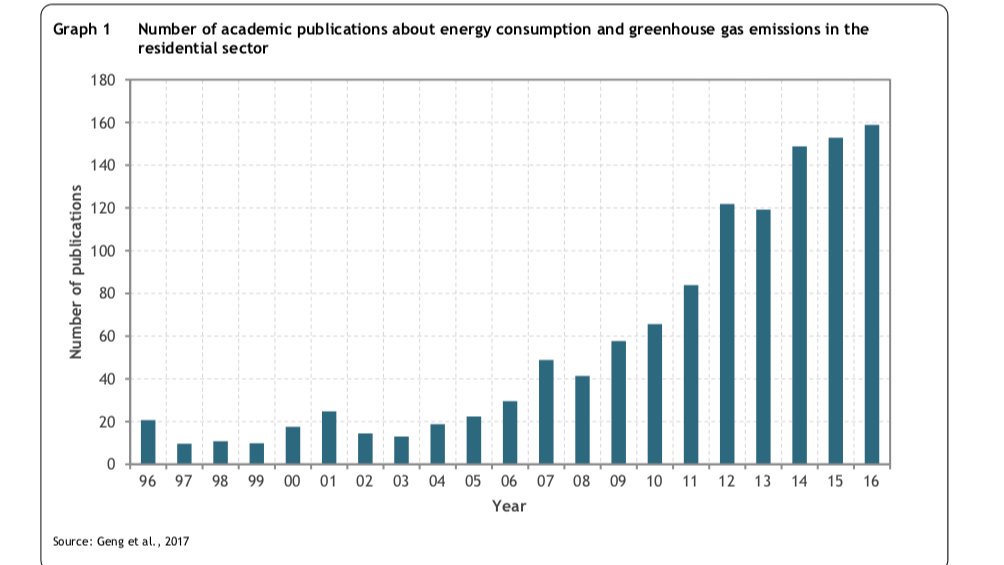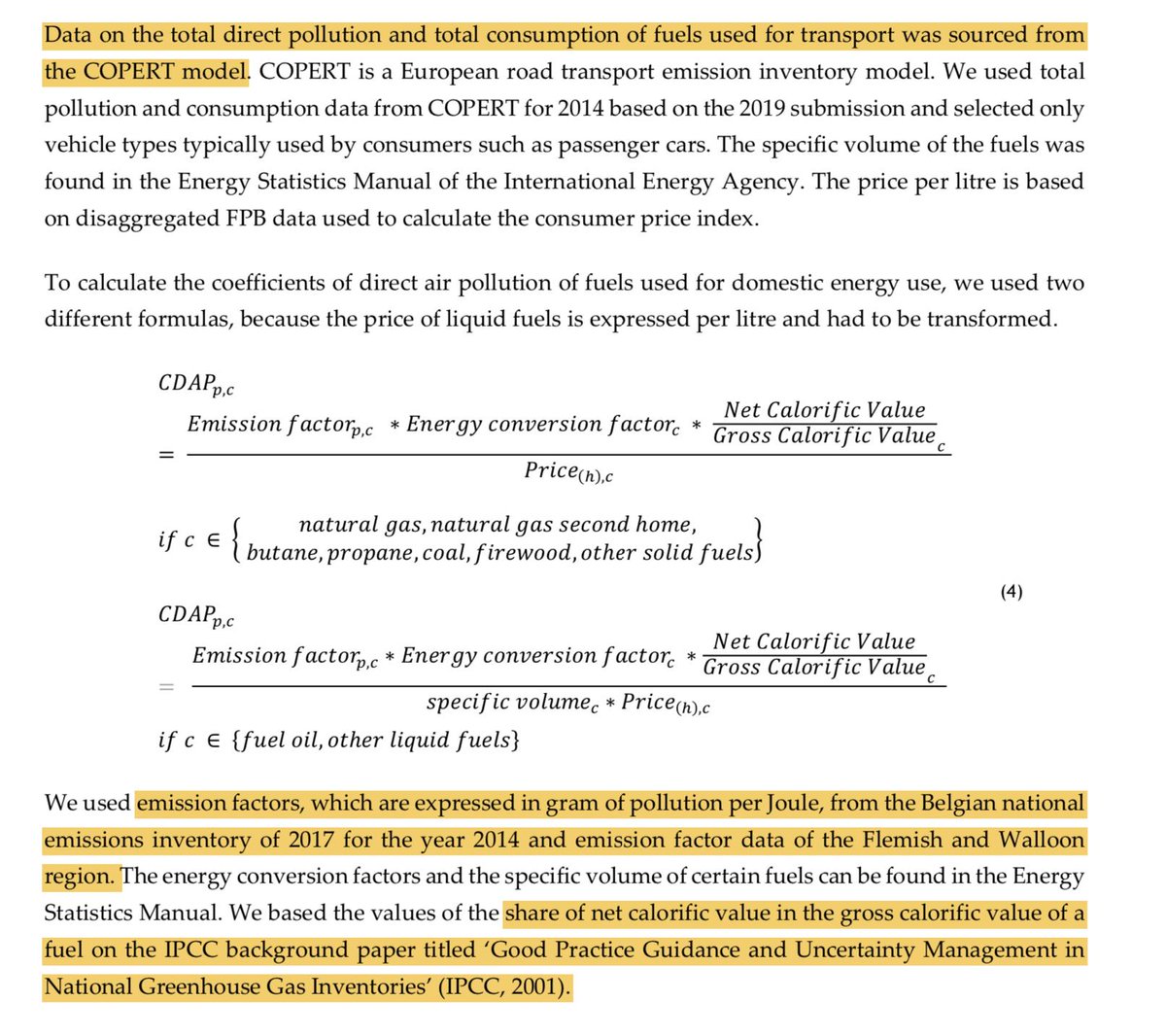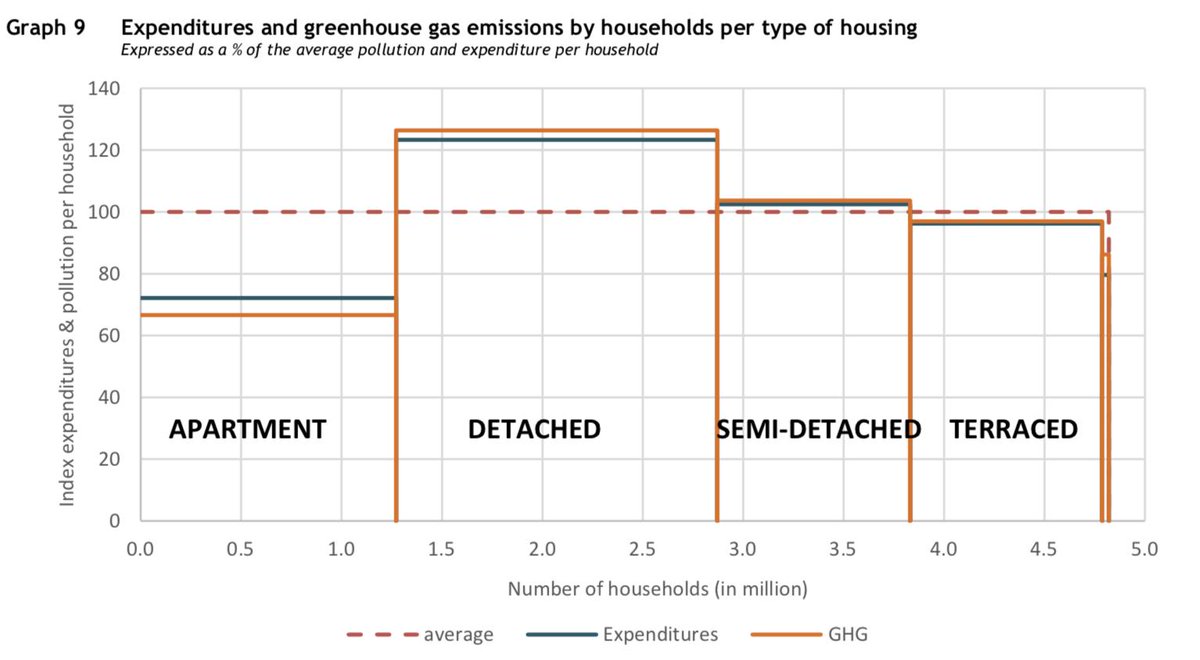- Introduction
- Method and Data
- Results
- Conclusions
- Conclusion 1 : pollution per household increases considerably with income
- Conclusion 2 : pollution increases less than proportionally with household size due to scale effects
- Conclusion 3 : pollution per household slightly higher in Wallonia compared to Flanders
- Conclusion 4 : detached house emits 26 % more emissions than average
Recent report Belgian Planning Bureau @FPB_BE @BFP_BE @josefine_v @TimGoedeme [https://t.co/84rWkZmCdU] prooves need for a just and fair climate policy
- Food/transport/housing largest impact
- Impact ↗️ with age, education, income
@MathiasB9 @Apache_be @jnwlrvn @Dirk_Lauwers https://t.co/1nd6SUrDXZ


Introduction
💡Interesting literature review for those interested💡 https://t.co/JPZCvkYZ5y

Price elasticity literature (increased emissions with increased income) seem to suggest:
- Basic needs elasticity lower than for luxurious products
- Food is the lowest, followed by energy
- Transport and goods elasticity higher than 1 : price ↗️ 1% => emissions ↗️ > 1% https://t.co/gCCLApr6Ye


Method and Data
Direct (heating/transport) and indirect (consumer goods) emissions are accounted for https://t.co/s5wqTpSsyb


Direct air pollution
- EU COPERT transport model data
- Emission factors from Belgian national emissions inventory
- Net calorific value fuels from IPCC https://t.co/72H2b3vj4U

Indirect air pollution
Territorial environmentally-extended input-output model coupled with consumer expenditure survey, inclusion of emissions abroad.
No multi-regional model, as most detailed only has 162 industries.
[see als https://t.co/JI0wxfufaM]
@dr_anneowen
(b*) Data notes:
- Homogenous production tech
- Homogenous price same-cateogory products
- Risk of underreporting in survey, assumed minimal
- Underreporting company car fuel/non-frequent purchases
- Home renovation not included
- Public service consumption not always included https://t.co/L7vuGGhrxR

Results
Total % GHG per consumption category
- 18 % : Food/non-alcoholic beverages
- 31% : Domestic energy use
- 12% : Transport fuels
= 62.8 % of total GHG emissions https://t.co/b2U6y8EQiw

Conclusions
Conclusion 1 : pollution per household increases considerably with income
- Energy/housing +- constant
- Mainly increase in goods, services and transport
- HH in poverty pollute less https://t.co/Vr1CFXNMva


Conclusion 2 : pollution increases less than proportionally with household size due to scale effects
Two and three person households have a lower than average per-capita emission level. https://t.co/vaBQMyV042

Conclusion 3 : pollution per household slightly higher in Wallonia compared to Flanders
Level of pollution is considerably lower in Brussels.
Regional variable probably proxy for regional variations such as population density, housing stock, heating type, policy https://t.co/jpfsPnbhKt

Conclusion 4 : detached house emits 26 % more emissions than average
Apartment pollution little more than half of a detached house. https://t.co/DRg2Zgvjtu
